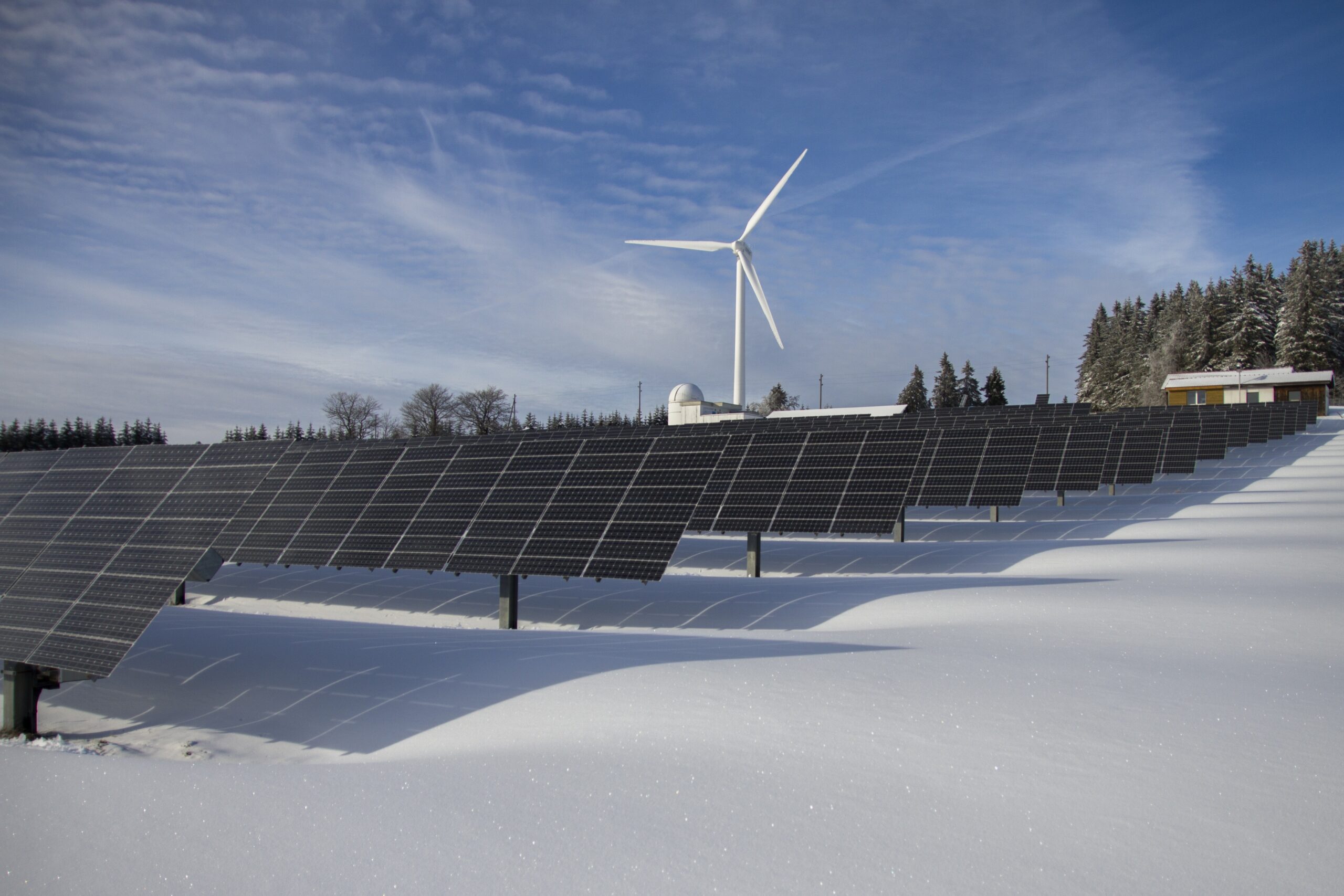Surety Bond Professionals is a family owned and operated bonding agency with over 30 years of experience. With access to a broad range of surety markets, our expert agents are ready to assist with all of your industrial solar bonding needs.
What Is Industrial & Commercial Solar?
Solar systems are an increasingly common sight on the rooftops of commercial and industrial buildings or ground-mounted adjacent to the buildings served by the electricity they generate, but what is industrial solar? These solar systems operate in the same manner as residential solar installations, but on a larger scale. The panels used in an industrial system are bigger, and there are more of them, covering an expansive area.
Most industrial solar systems are connected to the local electric grid, which allows a company to export its excess electricity to the grid. In exchange, the company receives credits that can be used to lower or eliminate the monthly bill from the local electric company.
Sizing and Positioning of Industrial Solar Systems
The amount of energy generated by any solar system is measured in kilowatt-hours per square meter per day and is heavily dependent on the location’s peak sun hours, which can range from 7.5 peak sun hours per day in Arizona to 2.5 in Alaska.
Industrial solar arrays don’t necessarily reside on a rooftop. Commercial entities often have the space for ground-mounted arrays, which gives them more flexibility in locating and orienting solar panels to maximize sun exposure. Racking systems can elevate and tilt the panels, and some can track the position of the sun and reposition the panels accordingly throughout the day to increase their exposure to direct sunlight and maximize electricity generation.
Relative Cost of Industrial Solar Systems
Because of the economies of scale, the cost of electricity per watt is lower for industrial installations than for residential solar systems. But, of course, the cost of an industrial system typically is much more than a homeowner will pay for a residential system. Depending on the size of the business and its energy needs, the cost of an industrial solar system can be anywhere from $100,000 to more than $1 million. It’s a sizable investment, but the benefits of generating their own energy make it cost-effective for many businesses.
Benefits of Industrial Solar
Industrial solar saves companies money in several ways. It reduces and can even eliminate electric bills from the local power company. The tax incentives the federal government and many state governments offer to companies for installing industrial solar can offset much of the system’s cost. For companies that connect to the grid, selling off their excess electricity establishes another income stream. And eventually, companies that go solar tend to see an increase in sales to customers who prefer to purchase goods and services from environmentally responsible businesses.
Financial Protection for Companies that Go Solar
Installing industrial solar systems is essentially a specialized form of construction, and most business owners are aware of the risks involved in working with a contractor. Any kind of contracted construction work entails certain known risks, but there are safeguards for project owners in the form of solar surety bonds such as:
- Performance Bonds protect the project owner against financial loss when a solar contractor fails to perform or defaults without completing the work.
- Payment Bonds (often bundled with a performance bond) ensure that the solar contractor will pay subcontractors, workers, and suppliers according to the terms of the solar installation contract.
- Maintenance Bonds guarantee that the contractor will perform ongoing maintenance or operations tasks once a solar facility is up and functioning.
- Decommissioning Bonds (also known as restoration bonds) guarantee that the solar system will be decommissioned and the site returned to its original condition when the solar system eventually reaches the end of its useful life (in about 25 to 30 years).
With a solar bond in place, there’s no need for project owners to bear the cost of bringing in another contractor to complete the work.
How Do Solar Bonds Work?
A solar surety bond is a legally binding contract among three parties: the project owner (the “obligee” requiring the bond), the solar developer or contractor (the “principal required to purchase the bond), and the party guaranteeing the bond (the “surety”). Any violation of the terms of the surety bond by the principal gives the injured party the right to file a claim against the bond and be compensated for damages.
The obligee can be confident about the protection afforded by a solar bond. It’s the explicit guarantee by the surety that makes the difference. The surety bond agreement legally obligates the principal to pay all valid claims against a solar bond. But the surety guarantees that the principal will pay them.
The surety lives up to that guarantee by agreeing to lend the principal the funds to pay a claim, if necessary. And going a step farther, the surety will pay the claimant directly, creating a debt that the principal must repay.
Being able to require solar bonds as a condition for awarding a solar contract increases the likelihood that companies will opt to install an industrial solar system.
Get A Quote
Our surety bond professionals will get you the solar bond(s) you need at a competitive rate.





